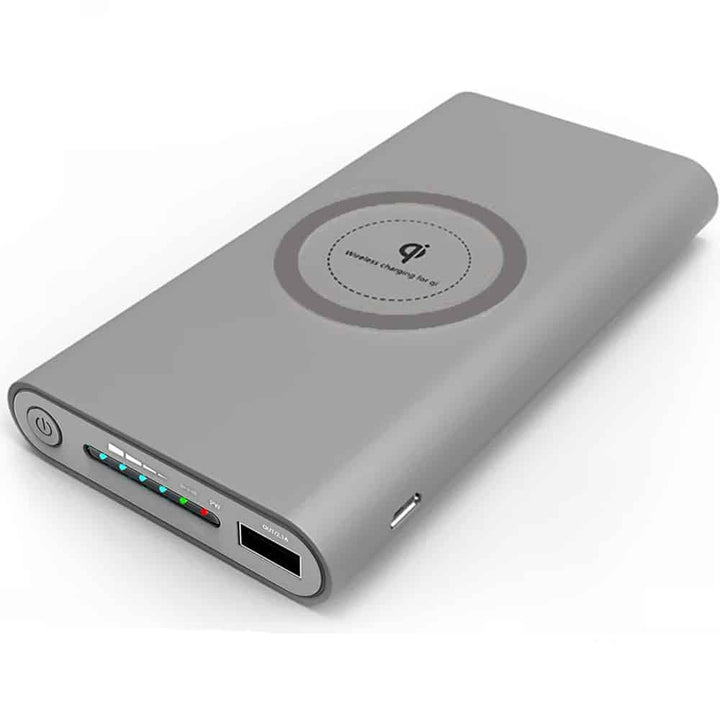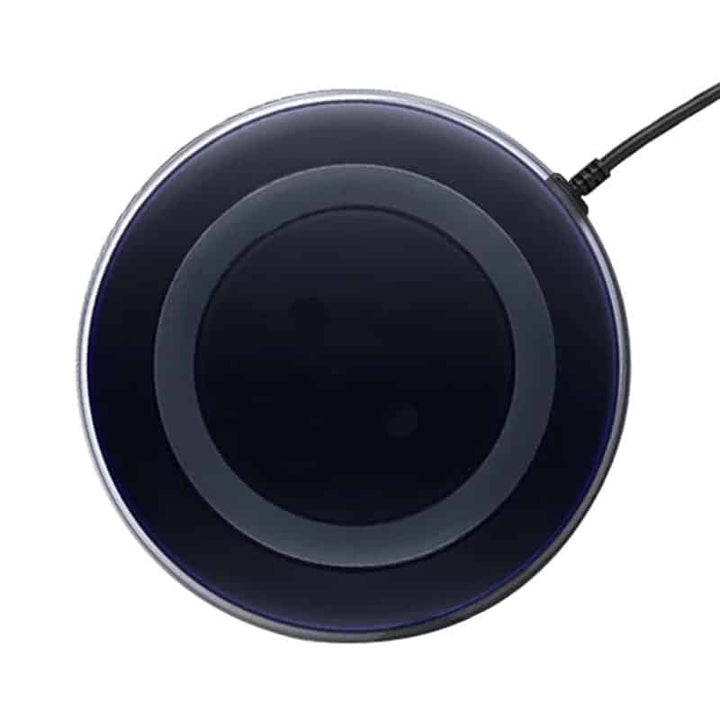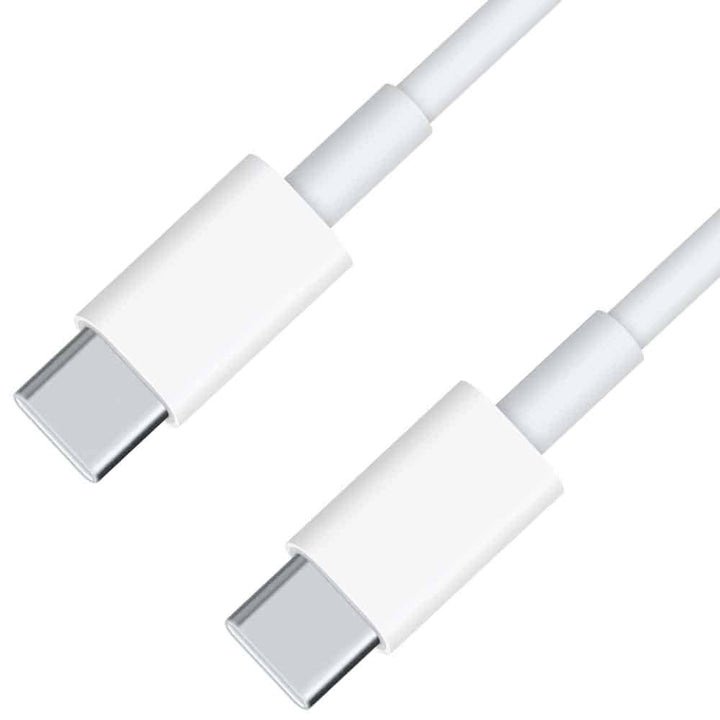How Does Wireless Charging Work?
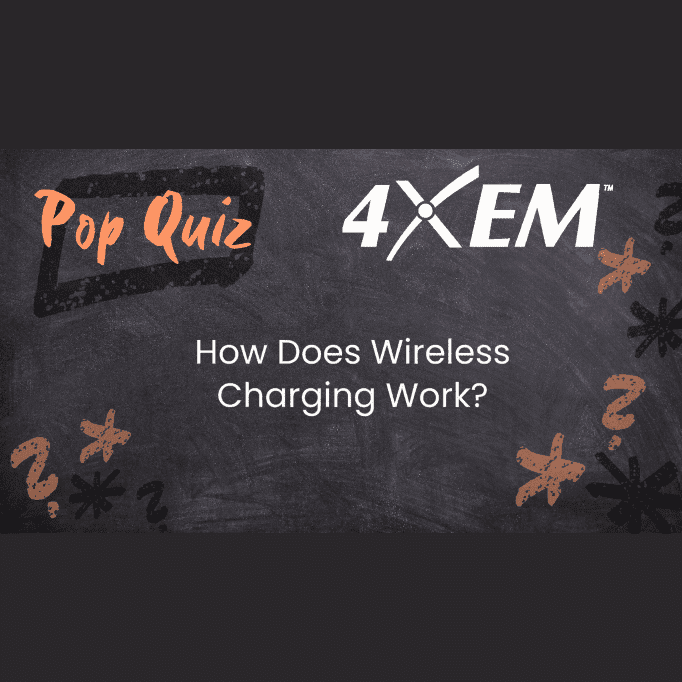
Wireless charging has become the most popular choice for conveniently charging a mobile device, smartwatch, or wireless earphones. If you haven’t used a wireless charger before, they look like a very simple device – usually a small pad or stand – but they do pack a powerful punch. If you have used a wireless charger and asked yourself, “I wonder how this works?” then you have come to the right place! In this blog, we hope to shed some light on how wireless charging works and a few benefits you will see when you make the switch over from wired charging.
The Inner Workings of Wireless Charging
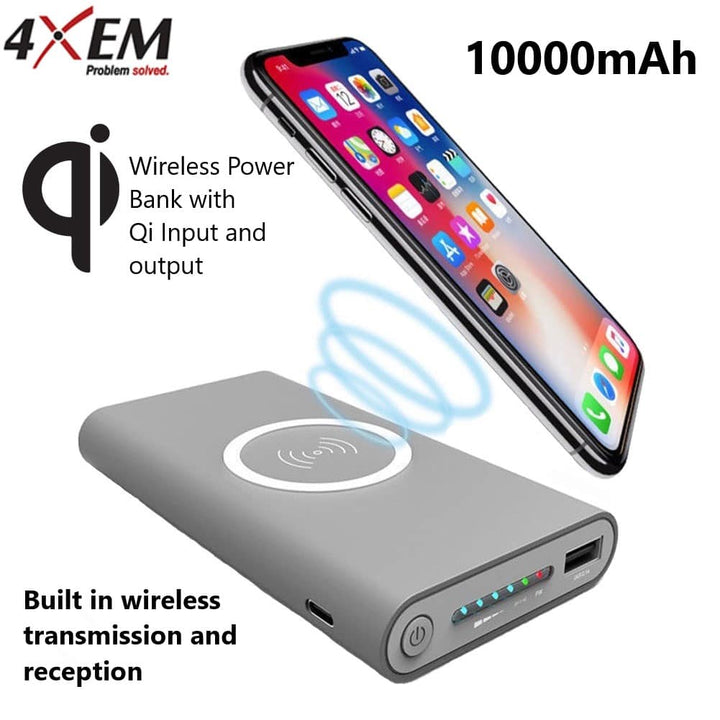
Wireless charging does seem like magic the first time you experience it, but it is a pretty simple process that has been around for over a century. When inventing the Tesla coil, Nikola Tesla intended to set up a wireless power grid using his inductive charging method. Put simply, he wanted to transmit electricity through the air using a magnetic field between a transmitter and a receiver.
The theory established by Tesla is the groundwork for how wireless charging works today, just a slightly different process. In a typical wireless charger, an electromagnetic coil is placed within the device. On the other side (your phone or other wireless charging compatible device), a smaller electromagnetic coil is present. When you place your phone or device on the wireless charger, it receives the energy that emits from the coil inside the charger and puts it inside the battery.
Types of Wireless Charging
When looking for a new wireless charger, you may notice two different standards when browsing. One standard is called PMA and the other is Qi (chee). They both provide the same service; the difference comes from the amount of wavelength used in the charger. PMA uses a wavelength of 277-357 kHz band while Qi uses a wavelength of 100-205 kHz band. Qi is the most popular standard these days, but you can’t go wrong with either option.
Pros and Cons of Wireless Charging

Pros
Wireless charging is extremely convenient. All you need to do is place your device on the charger for it to start instantly working. You also don’t need to be near an outlet to charge your mobile device. Place the charger anywhere on your desk or in your car to get an instant charge going. Lastly, they are compatible with all wireless charging devices. In the past, you would need different cables and adapters to charge all of your devices. Now, as long as they support wireless charging, you just need one charger to get the job done right.
Cons
Wireless chargers are slower at charging compared to USB-C or lightning chargers. A common wireless charger caps out at 10 watts of charging speed, while normal chargers can go up to 65 watts. Another con is that your phone case may block the magnetic field created between your phone and the charger. It can be annoying taking your case off every time you want to charge your phone. The last con is that you can’t comfortably use your device while it’s charging. If you need to take a call, you will have to take it off the charger to accept it (unless you are in a situation where you can take the call on speakerphone).
Problem Solved with 4XEM
We hope you have learned a bit more about how wireless charging works! If you are in the market to buy a new wireless charger, visit our shop or Amazon page to see the options we have available!
Featured 4XEM Products
